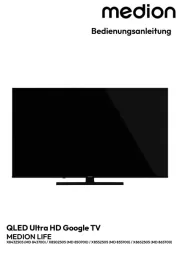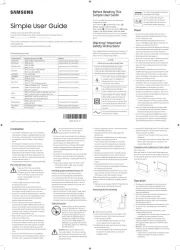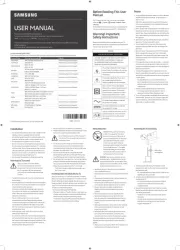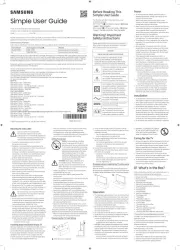Mitsubishi LT2240 Bruksanvisning
Mitsubishi
Tv
LT2240
Läs gratis den bruksanvisning för Mitsubishi LT2240 (68 sidor) i kategorin Tv. Guiden har ansetts hjälpsam av 30 personer och har ett genomsnittsbetyg på 4.4 stjärnor baserat på 15.5 recensioner. Har du en fråga om Mitsubishi LT2240 eller vill du ställa frågor till andra användare av produkten? Ställ en fråga
Sida 1/68

visit our website at
www.mitsubishi-tv.com
LCD Television Models
LT-2240 and LT-3040
Owner’s Guide
LT2240_LT3040_OG_v6.ind 04.1.21, 4:02 PM1
Produktspecifikationer
| Varumärke: | Mitsubishi |
| Kategori: | Tv |
| Modell: | LT2240 |
Behöver du hjälp?
Om du behöver hjälp med Mitsubishi LT2240 ställ en fråga nedan och andra användare kommer att svara dig
Tv Mitsubishi Manualer

14 December 2024

14 December 2024

13 Oktober 2024

29 September 2024

22 September 2024

17 September 2024

13 September 2024

12 September 2024

11 September 2024

9 September 2024
Tv Manualer
- Yamaha
- XS4ALL
- Krüger And Matz
- Funai
- Hitachi
- ISymphony
- Iiyama
- Visco
- Trevi
- ITT
- Ferguson
- Panasonic
- Polaroid
- Schneider
- Humax
Nyaste Tv Manualer

21 Oktober 2025

20 Oktober 2025

20 Oktober 2025

20 Oktober 2025

20 Oktober 2025

19 Oktober 2025

19 Oktober 2025

19 Oktober 2025

19 Oktober 2025

19 Oktober 2025